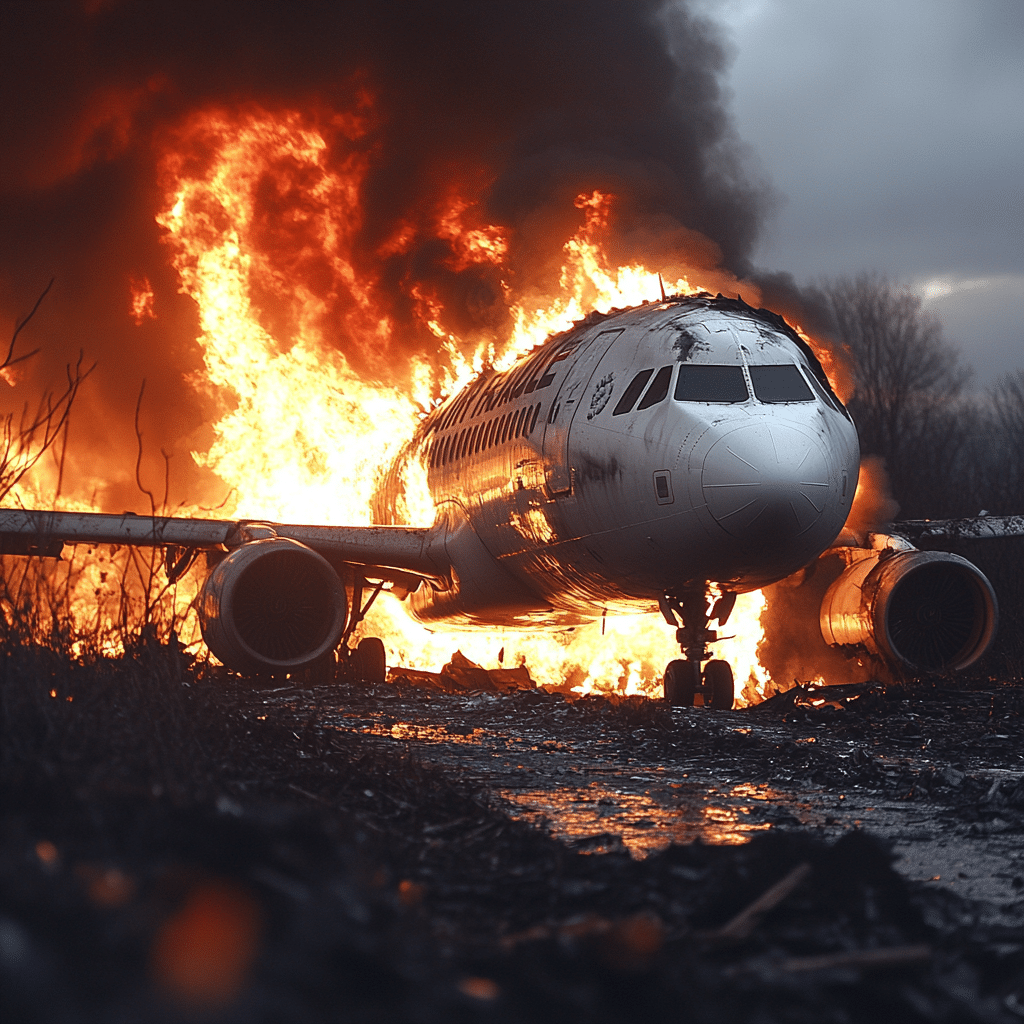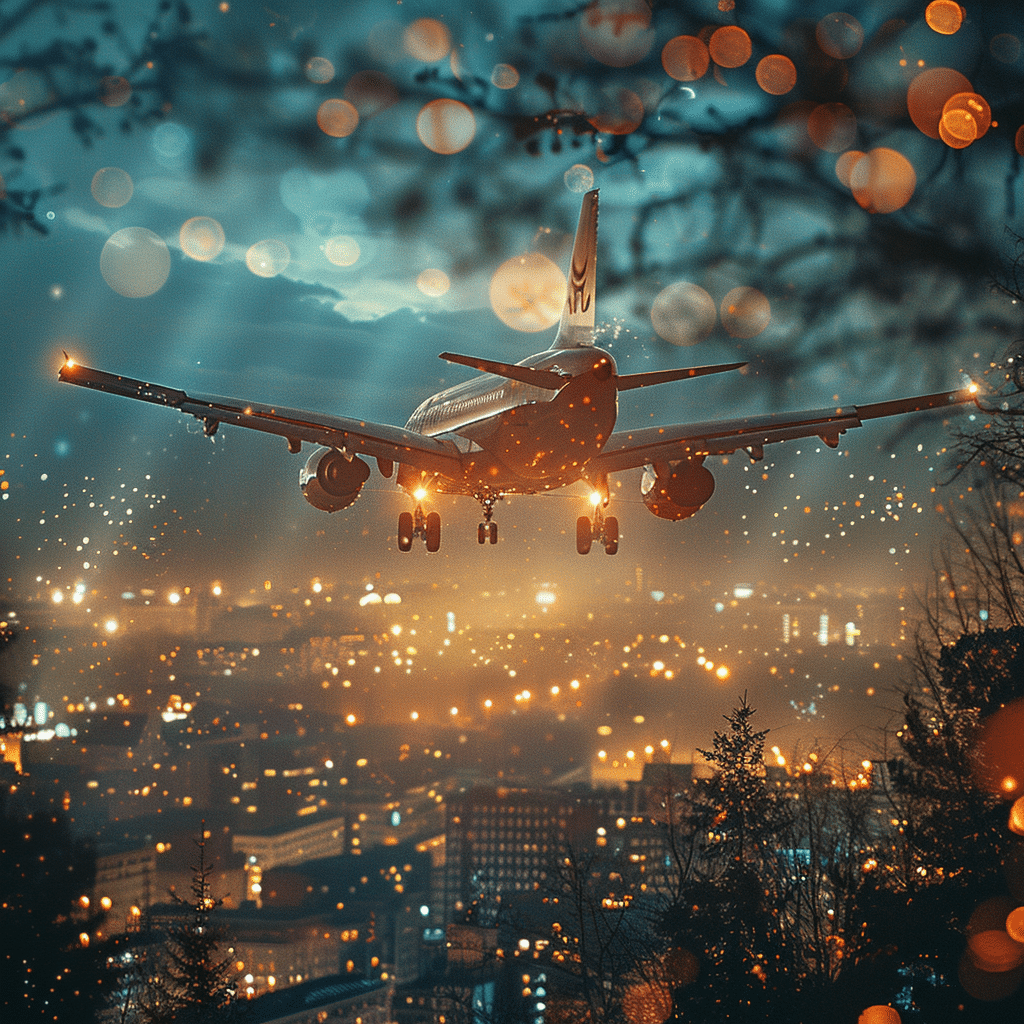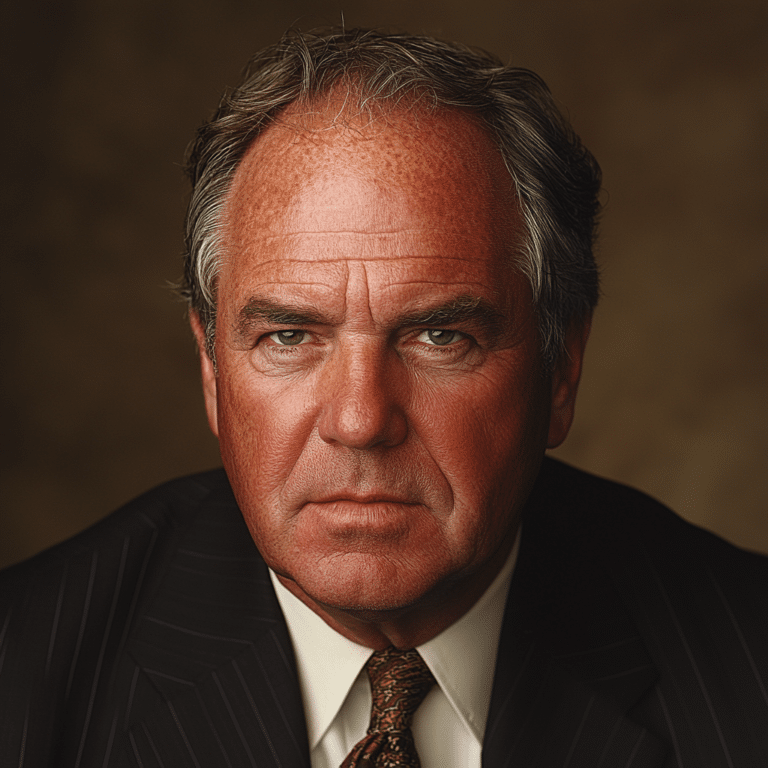Helicopter crashes, though a fraction of aviation incidents, often leave an indelible mark on the public consciousness. With a stat that rings alarm bells—roughly 20 helicopter accidents per 100,000 flight hours in the US—it’s clear that these traumatic events happen more often than one would hope. We’re diving into some of the most shocking helicopter crashes, uncovering the layers of complexity behind these tragedies, and evaluating their lasting impact on aviation standards and safety.

Unraveling the Mysteries Behind Recent Helicopter Crashes

The Complex Investigation Processes of Aviation Accidents
When a helicopter Crashed, the aftermath is a hive of investigative activity. Authorities swoop in, methodical and meticulous, determined to piece together the narrative of the incident. Experts from various federal and international agencies, like the National Transportation Safety Board (NTSB) and the International Civil Aviation Organization (ICAO), join forces, often sifting through debris in search of clues.
Recovering data from crash sites is akin to a treasure hunt where the ‘black box’ holds the prize of vital flight data and cockpit voice recordings. Other technology, such as GPS and maintenance records, provides additional layers of context. These agencies pore over every detail, from mechanical blueprints to air traffic communications, working tirelessly to construct a comprehensive picture of the events that unfolded.
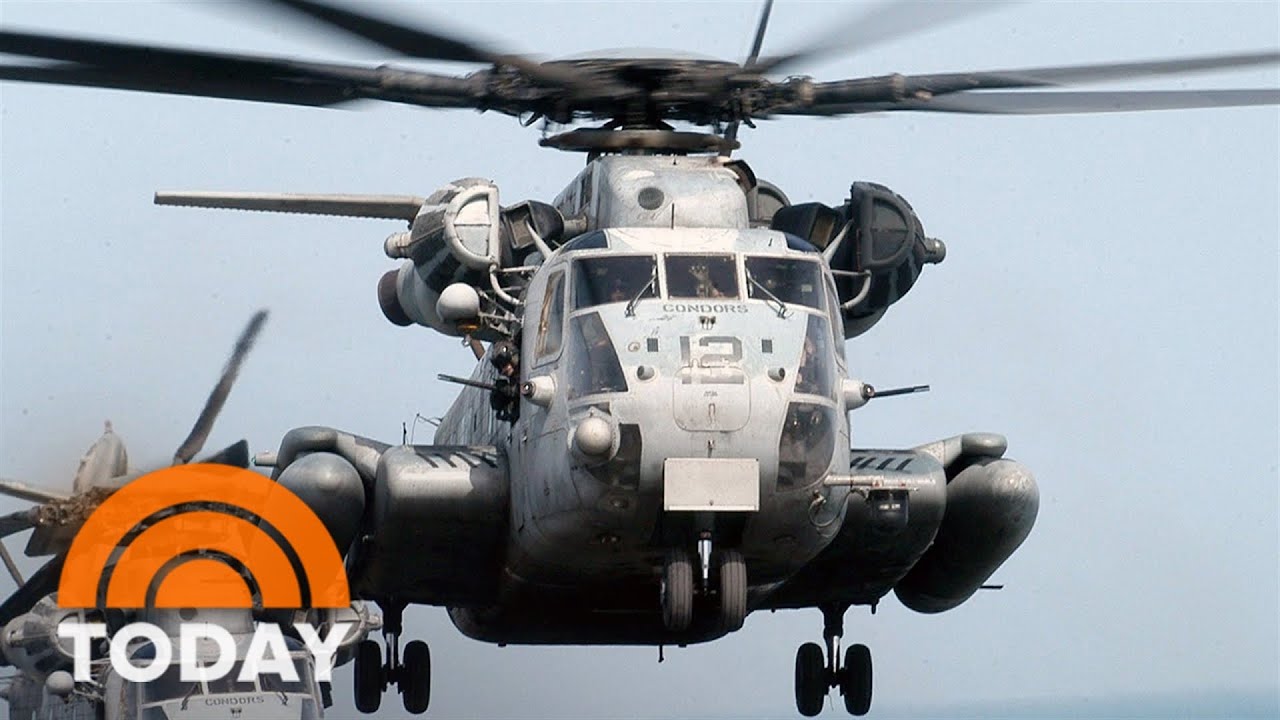
Ascending into Turmoil: The Leicester City Chairman’s Tragedy
An Ill-Fated Departure: Leicester City Helicopter Crash Analysis
October 27, 2018, will forever be etched in the memories of football fans worldwide. Leicester City’s beloved Chairman, Vichai Srivaddhanaprabha, along with four other souls, perished when his helicopter plummeted into the stadium parking lot. The aviation world was left reeling, and the quest for answers began immediately.
The investigation pointed to potential mechanical failures, particularly a disconnected pedal that rendered the tail rotor ineffective. The broader implications were stark—a wake-up call for stricter aviation safety and reassessment of helicopter design standards.
Calabasas Catastrophe: Kobe Bryant’s Final Flight
The unforgiving haze of fog over Calabasas was the backdrop to one of the most heart-wrenching tragedies of recent times. On January 26, 2020, basketball titan Kobe Bryant, his daughter Gianna, and seven other passengers stepped onto their final flight. The helicopter crashed amidst dense fog, leaving the world in shock and sorrow.
The spotlight was turned on the dangers of flying in obscured weather and the critical decisions pilots must make in such conditions. The loss of such high-profile individuals has undeniably shaped the public psyche on helicopter travel, making every foggy forecast a potential backdrop for concern.
The Frigid Fate of the Antarctica Research Helicopter Expedition
In the unforgiving chill of December 2021, a research expedition team in Antarctica faced their worst nightmare. A helicopter serving the bleak and beautiful terrain succumbed to the harsh elements. Flying in polar regions demands exceptional skill and braving of immense environmental challenges.
This tragic event has not only raised questions about the risk management in extreme climates but also set in motion a series of stringent safety protocols. The hope is that such measures will safeguard the brave souls contributing to the advancement of science in the coldest corners of our planet.
Tragic Tour: The Kauai Helicopter Disaster Exposes Risks
The lush landscapes of Kauai, a siren call to tourists, became the scene of a heartrending disaster in December 2019. All aboard the sightseeing helicopter, seven in total, were killed when their journey turned calamitous. The investigation delved into potential causes, from sudden weather changes to the challenges of navigating the island’s deceptive beauty.
The tourism sector, particularly aerial sightseeing businesses, was left with no choice but to introspect and enforce measures aimed at preventing a repeat. Beyond The trailer of Kauai’s allure lies a renewed commitment to safety and vigilance.
Helicopter Crashes Amidst Conflict: The Perils of Warzone Aviation
War zones add another layer of danger for aviation. The crash of a U.S. military helicopter in January 2020 in Afghanistan exemplifies the perils facing aviators in conflict zones—combining mechanical issues, the unpredictability of pilot decisions, and the hostile environment into a lethal cocktail.
Conversations around such incidents invariably lead to discussions on the evolution of military helicopters, their safety features, and the training given to those at the helms. It’s a constant push and pull between technological advancement and the raw unpredictability of a warzone.

Conclusion: A Sobering View from Above
Through the analysis of these harrowing incidents, it’s painfully clear that helicopter crashes, though statistically less frequent than other modes of transport accidents, carry with them unique and poignant lessons. The importance of stringent safety protocols and robust design standards cannot be overstated.
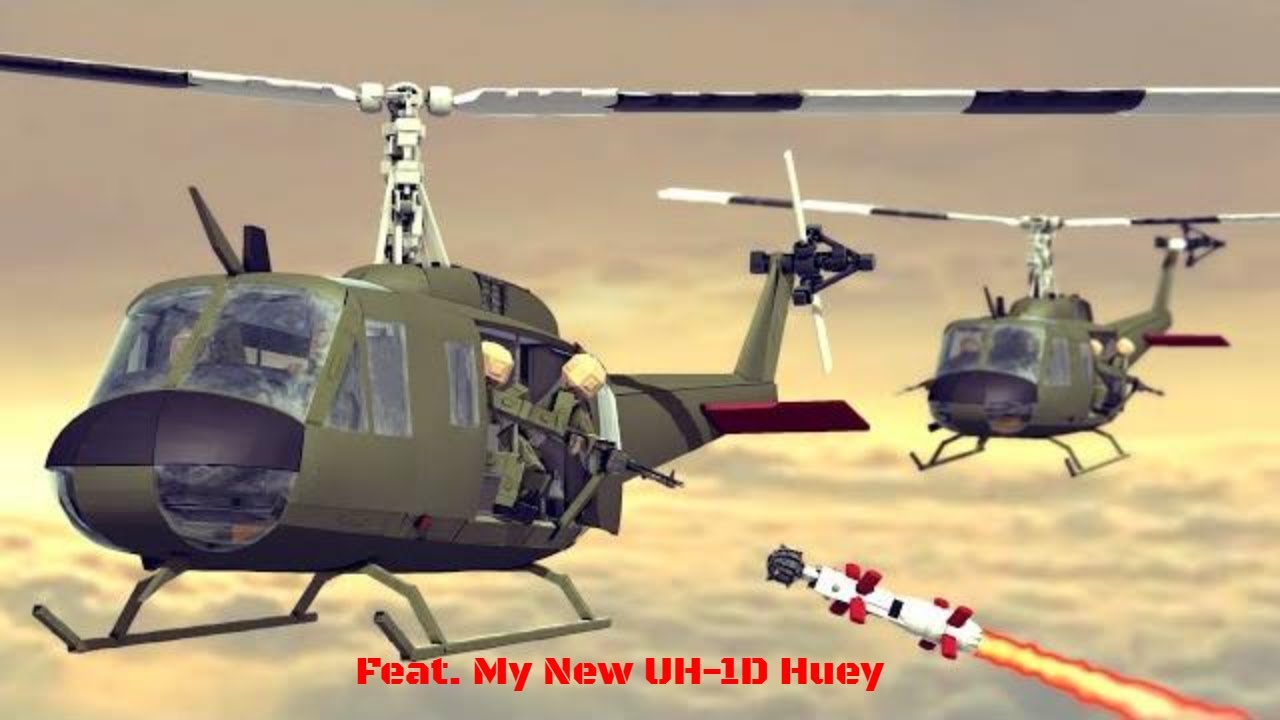
In reflecting on these lessons, there’s a hopeful anticipation for the future. The agonizing experiences of the past can fuel the innovation of tomorrow, fostering a scenario where the hum of rotor blades is met with confidence rather than apprehension, painting a future where helicopter crashes are relegated firmly to the past.
Unbelievable Tidbits: Helicopter Crashes That Will Leave You Astounded
Helicopter accidents are as intriguing as they are terrifying. While these events are serious, it doesn’t hurt to break the ice by sharing some lesser-known, yet thought-provoking, facts. So, strap in—no pun intended—as we dive into a whirlwind of shocking trivia about helicopter crashes.
When Weather Throws a Curveball
Picture this: it’s colder than your fridge outside, and you think your winter Gloves have tough work keeping your fingers from turning into icicles. Now, imagine the mechanics flying a helicopter in such frosty weather. There have been times when dense fogs, sudden snowstorms, and icy conditions have led to pilots receiving a cold shoulder from Mother Nature, resulting in crashes that shocked everyone.
Financial Turbulence and High-Flying Risks
Here’s an interesting angle—did you know that owning and maintaining helicopters, especially private ones, can cost a hefty sum? Some pilots actually opt for a Reverse Mortgage to keep their blades spinning. However, the soaring costs can spiral out of control quicker than a tailspin, and sometimes, financial pressures have contributed to cut corners and ultimately, catastrophic mishaps.
Celebrity Pilots: The Sky’s the Star-Studded Limit
Okay, okay, so while Rickie fowler wife might not be hopping into the pilot’s seat anytime soon, it’s no news flash that celebrities love their choppers. They might be birdieing on the ground, but in the air, things can turn par for the course real fast. From film stars to sports icons, the list of high-profile individuals involved in helicopter crashes would surprise you—thankfully, some have managed to escape unscathed. It’s a stark reminder that fame doesn’t equal immunity from gravity!
How’s It Hanging, Aviation Enthusiasts?
Helicopter crashes can sometimes feel like they’re straight out of a hello fellow Kids meme – just plain out of place. Like, seriously, helicopters should stick to staying aloft, right? Yet the numbers don’t lie, and sometimes youth culture has eerily mirrored helicopter snafus—awkward, unexpected, and a little out of touch with the surroundings.
Strength to Survive: From the Gym to the Skies
Ever heard of a farmer carry? This gym exercise involves carrying heavy weights over a distance—a fantastic feat of endurance and resilience. Well, surviving a helicopter crash can be compared to the toughest of farmer carry( workouts. Thankfully, due to rigorous safety measures and robust training, many pilots display incredible strength and fortitude to endure the aftermath.
The Financial Lift-off
And to culminate our flight of facts, it’s fascinating that some crash survivors have turned into advocates for financial assistance programs, including Downpaymentassistance. These heroes utilize these resources to rebuild their lives and sometimes, even venture back into the skies. Because “up we go” is not just about taking off; it’s about bouncing back, financially and emotionally.
Now, wasn’t that a hoot? Remember, the world of helicopters is as complex as it is captivating—and sometimes the truth is stranger than fiction. Keep your eyes peeled for more riveting stories, because when it comes to helicopter crashes, there’s never a dull moment.

How rare is a helicopter crash?
Ah, so you’re curious about helicopter safety, huh? Well, buckle up! While helicopter crashes might sound like a plot twist in an action movie, they aren’t exactly a dime a dozen. In fact, in the United States, the chances of a chopper going down are about 20 in 100,000 flight hours. So, while not as rare as winning the lottery, it’s certainly not an everyday occurrence.
What was the worst helicopter crash?
Talk about a tragic day — the worst helicopter disaster ever occurred on August 19, 2002. A bunch of Chechen rebels shot down a Russian Mil Mi-26 with a portable air-defense system. It crashed in a minefield, and, boy, it was catastrophic — 127 Russian soldiers lost their lives, making it a dark record-holder in helicopter aviation history.
What is the most common cause of a helicopter crash?
When it comes to helicopter mishaps, the usual suspect is human error — that’s right, pilot mishaps. From a pilot flying under the influence or being distracted to sheer exhaustion, these factors can spark a chain reaction ending in a crash. And, of course, on December 14, 2022, the message was loud and clear: always check your bird’s in tiptop shape before takeoff.
What is the survival rate of a helicopter crash?
If you’re gripping your seat at the thought of a helicopter accident, here’s a tidbit to ease your mind: most chopper crashes aren’t a death sentence. As of November 17, 2023, stats showed that only about 20% of these airborne oopsies have fatal outcomes. So there’s an 80% chance you’ll be telling the tale afterwards.
What happens to your body in a helicopter crash?
Ever wondered what happens inside a helicopter during a crash? It’s not pretty, folks. Your body could experience a rough and tumble as if you’re inside a metal pinball machine, facing sudden jolts, harsh impacts, and possibly even a fierce escape act to get out of the wreckage. It’s no joyride, that’s for sure.
What state has the most helicopter crashes?
Now, if you’re curious about where most helicopter crashes happen, don’t look too far if you’re in the U.S. California has seen its fair share of these incidents, likely because of its size, population, and hilly terrain that can make flying these birds a bit more challenging.
What is the most feared helicopter?
Oh, snap! The mention of “most feared helicopter” can send some chills down your spine. Militarily, something like the Apache AH-64 comes to mind for many, given its intimidating presence and firepower. It’s not a bird you want to see hovering menacingly above you, that’s for certain.
What is the safest helicopter?
On the flip side, let’s talk safety. The Eurocopter EC135 is often touted as one of the safest helicopters out there, thanks to its stellar safety record and state-of-the-art tech. So if you’re in the market for a chopper ride, that bird might be your best bet for a worry-free sky cruise.
What is the most brutal airplane crash in history?
The most brutal airplane crash? Whew, that’s a heavy one. The Tenerife airport disaster in 1977 is etched in history as the deadliest, with two Boeing 747s colliding on the runway, leading to an unthinkable 583 lives lost. Just a nightmare scenario, far beyond any helicopter wreck we’ve seen.
Why are helicopter crashes so fatal?
Why so fatal, you ask? Well, unlike cars, helicopters are high-flying, high-stakes machines. When things go south, they can spiral quickly (sometimes quite literally), dropping from the sky, and the impact can be severe due to the height and speed they reach. Not to mention, there’s less crumple zone like in cars to absorb the shock.
What is safer car or helicopter?
The age-old debate: cars or choppers, which is safer? While driving might seem more dangerous due to the sheer number of car accidents, helicopters often operate in less forgiving environments and require more skill, making them seem riskier. But it’s all about context — statistically, you’re still more likely to get into a car accident.
Do helicopters spin when they crash?
Do helicopters spin when they crash? Well, it ain’t ballet, but yep, they can. If the tail rotor fails, say goodbye to stability — that bird may start to spin wildly out of control. It’s the stuff that’d make most folks’ heads spin too, just thinking about it.
Can you survive helicopter crash in water?
Imagine plunging into water in a helicopter. Intense, right? But survivals aren’t unheard of. The key is a quick and calm exit from the sinking craft, which, granted, is easier said than done. It’s all about that golden window before the cabin submerges or water pressure pins you down.
Can you escape a helicopter crash?
Speaking of getting out alive, escaping a helicopter crash is part luck, part science. Much depends on the severity of the crash and conditions at the scene. Quick thinking and bracing for impact can increase your odds, but don’t expect it to be as straightforward as running out of a room.
How many Grand Canyon helicopter tours have crashed?
As for the Grand Canyon, it’s stunning but not without its dangers. It’s seen its share of chopper tour incidents due to tricky winds and rugged terrain. The exact tally fluctuates, but safety measures are always improving to keep that number as low as possible.
Is helicopter safer than car?
Again with the helicopter vs. car debate? Look, helicopters have their risks, like any aircraft, but they’re not flying coffins. Flying can dodge ground-level hazards like traffic and road conditions, which cars can’t. So it’s tough to make an apples-to-apples comparison.
Do helicopters have a fail safe?
Helicopters and fail-safes: Yes, they’ve got ’em, but they’re not foolproof. Auto-rotation can help a pilot bring down a chopper safely if the engine quits. Still, it takes skill and a pinch of luck for that emergency maneuver to end in a pat-on-the-back moment.
What is considered the safest helicopter?
As for the safest helicopter, let’s circle back to the Eurocopter EC135. It’s got a solid rep and the tech to back it up, making it a top pick for safety-conscious flyers. Just don’t forget to buckle up!
How reliable are helicopters?
Finally, let’s talk reliability. Choppers might seem high maintenance, and they are, but for a good reason. With rigorous maintenance schedules and strict regulations, these machines are more reliable than your weather app, keeping to the skies more often than not. But remember, no machine is infallible — they’re only as reliable as the folks who maintain and fly them.


